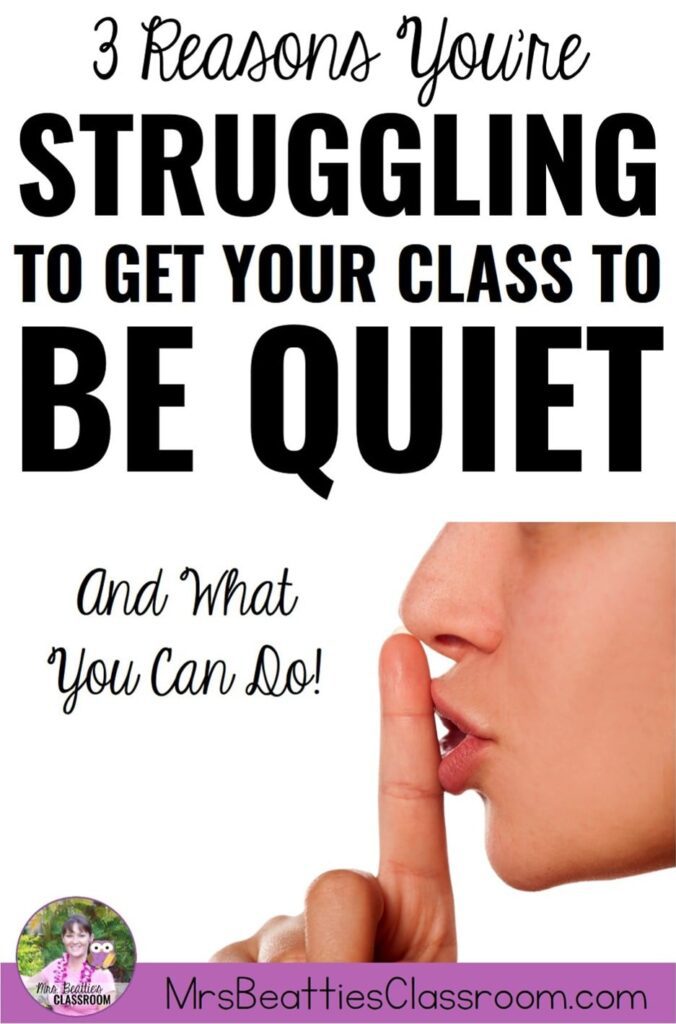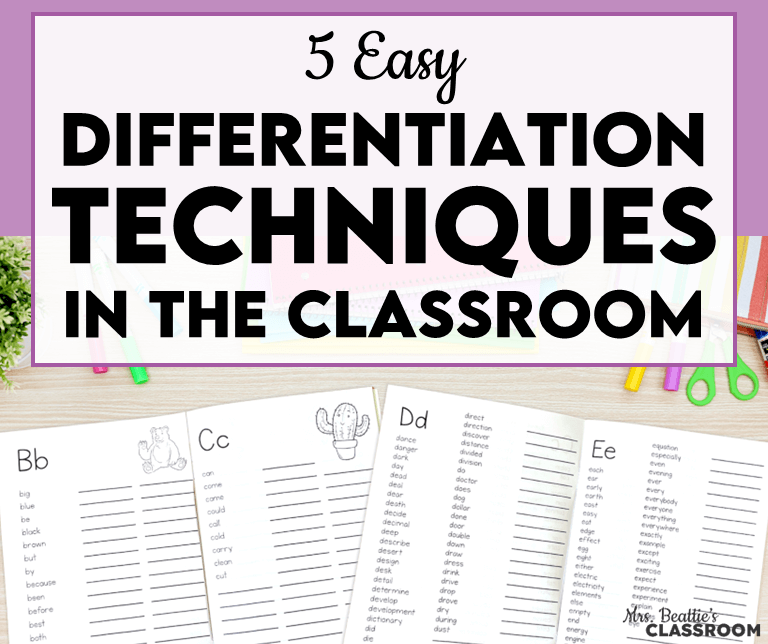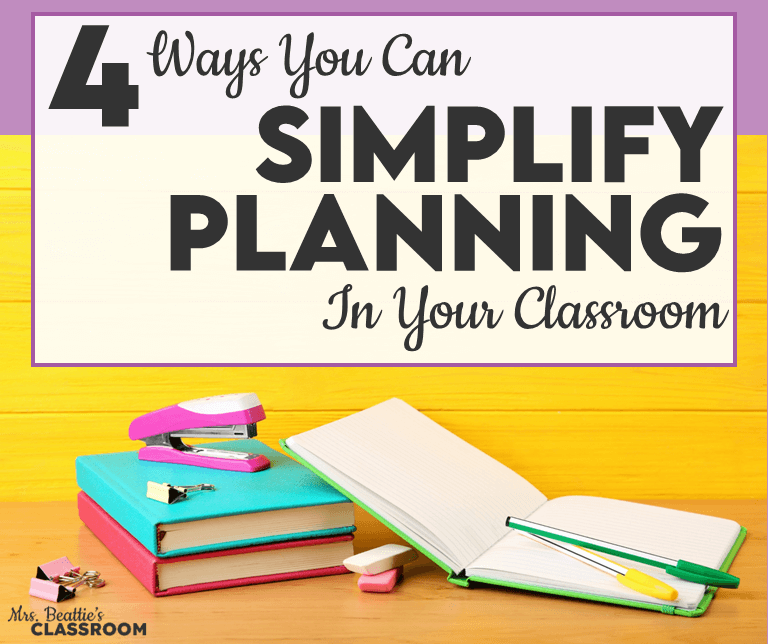I see teachers repeatedly asking in Facebook groups about classroom noise level problems. There is an epidemic of disrespect in our classrooms these days, but there are a few reasons you might struggle to get your class quiet.

Let me start by saying that a noisy classroom is not necessarily bad. Learning can be a noisy endeavor, and the sounds of productivity and excitement are awesome. In this post, I’m referring to the disrespectful classroom noise level teachers complain publicly about daily. The noise that they’re looking for support to calm.
With that caveat out of the way, let’s get to the goods. There are three big mistakes that I see teachers making.
And not only younger, more inexperienced teachers, either. Teachers with years of experience under their belts are doing the same things, and it is a big part of the problem.
Let’s back up a little bit to when I was a new-ish teacher. I was taking courses to upgrade and had the most fantastic instructor. He had some advice that stuck with me into my third decade of teaching.
“Don’t be a rescue ranger.”
That was his first tip, and although it isn’t really related to calming your classroom noise level, it does go hand in hand with the mindset in the room.
You see when kids aren’t given responsibility for how the classroom is run, they don’t take any ownership of it. This leads me to the first of the big mistakes.
Set Expectations for a Reasonable Classroom Noise Level
Teachers need to make their expectations of what is acceptable classroom noise level and what is excessive FROM. DAY. ONE.
My instructor’s second tip was that our students must be explicitly taught what our expectations look like and sound like, even in the upper elementary grades.
They need to see, hear, and practice before mastering it. Some noise monitor or indicator is a great way to let your students know how they’re doing. They aren’t mind readers! 😉
In the past, I’ve used colored Solo cups for this in my table groups. The kids found them very motivating, and watching the volume became a challenge between groups.
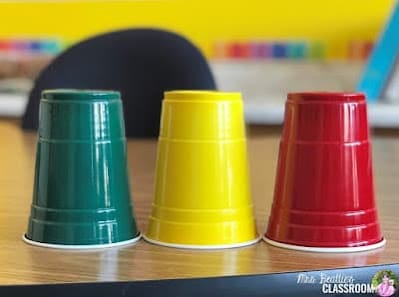
As you’d expect, I stack these into one pile and flip between the colors the same way a traffic light works: green when the group volume is acceptable, yellow when it is creeping too high, and red when the group needs to make some changes to bring their noise back down.
Follow Through
On to the second big mistake, and maybe the one that drives me craziest – when expectations are set, and teachers don’t follow through with them.
YOU are the person in control here. (At least you should be!) Take that back and follow through on what you’ve told your students you expect.
When my classroom noise level is too high, I use a hand signal to get my students’ attention. I start with five fingers in the air and count down to zero. If they’re still talking by then, they lose a point in our whole-class behavior management system.

You can integrate this with any system you use in your classroom. If you don’t follow through, your students will learn you aren’t serious and that the expectations are just suggestions.
Don’t Talk Over Them!
Your expectations are set, and students know what you expect, but I still see teachers shouting over the kids to get their attention time and time again. Don’t talk over them!! You’ll exhaust yourself hollering over their voices all day, and the kids aren’t even listening.

Once again, by talking over a high classroom noise level, you’re sending students the message that it doesn’t really matter if they’re listening. Your words aren’t important enough for them to stop what they’re doing and focus on your words.
But It’s Too Late In The Year To Change
You might be thinking, “How can I possibly fix the problem this late in the school year?”
It is never too late to take charge. You are the boss, and they are the employees! My advice is to retrain your students today.
I’ve always told my teacher candidates that classroom management is the most essential part of their job. If you can’t manage these small things, you’ll never do your best teaching. Be respectful of your students and demand their respect in return.
Explain to them why things need to change and how you will do it together. There will be consequences along the way. That’s natural. Perhaps a couple of minutes of missed free time in exchange for the minutes of instructional time they wasted with social conversations. You make it work however best suits your classroom and community.
Then, set an intention to make classroom management your first priority in the new school year. You’ve got this!
If you teach younger students, you might find these 16 20 call-and-response cards useful for bringing the classroom noise level down! They’re FREE in my Freebie Library!

You might find the idea I’ve shared in this blog post helpful as well:
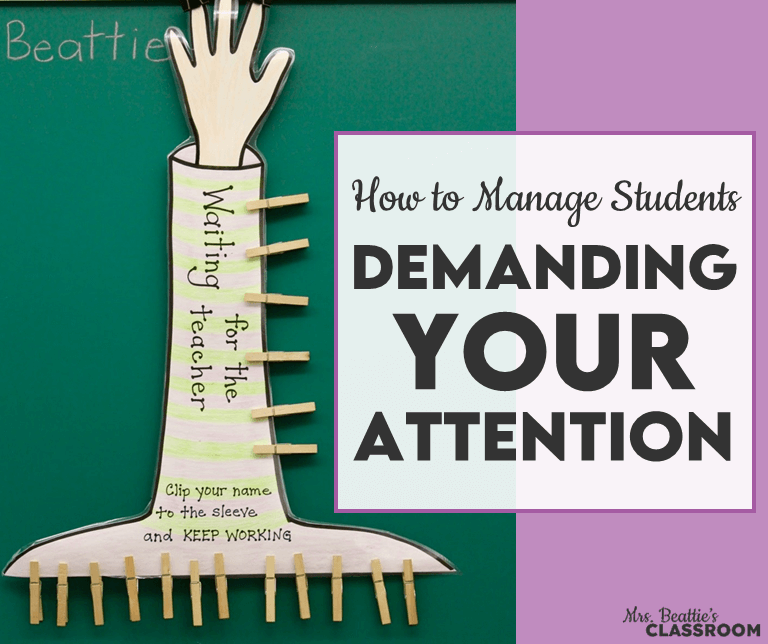
If you have enjoyed this post, please share it with friends and colleagues on Facebook or pin it on Pinterest:
